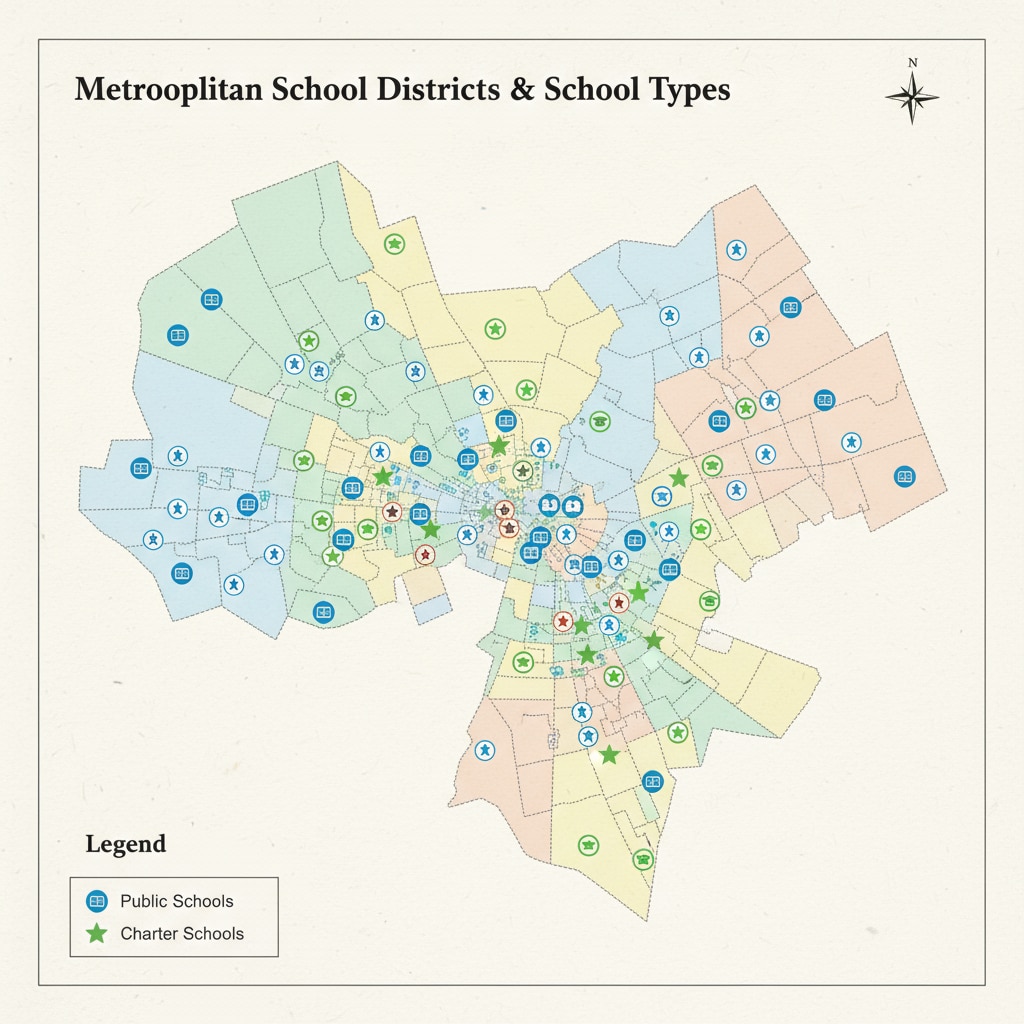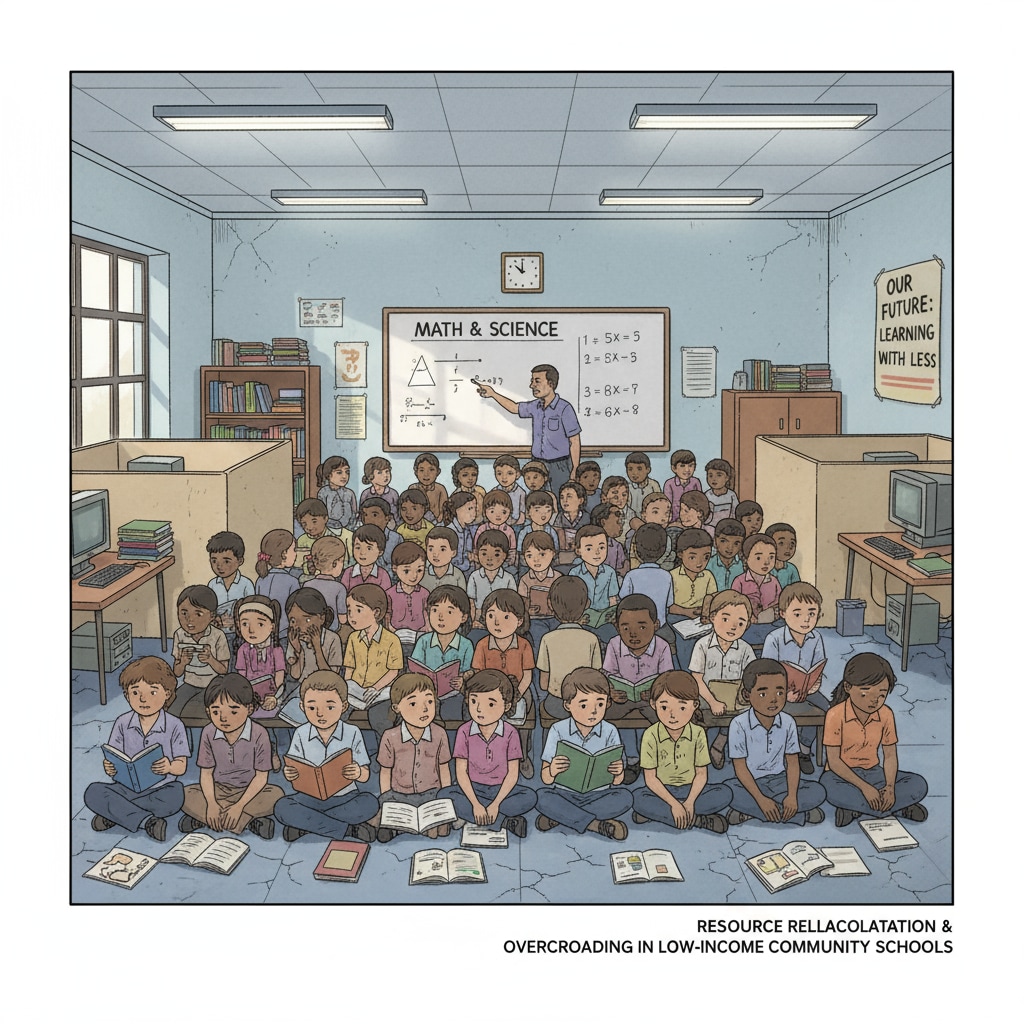In the complex landscape of education, the issue of school district, public schools, charter schools, and resource allocation has become a hot topic. The reallocation of public school buildings to charter schools has sparked intense debates and disputes. Let’s take a closer look at this issue.
The Root of the Dispute
The heart of the matter lies in the limited educational resources. School districts are constantly grappling with how to distribute resources fairly among public schools and charter schools. Charter schools, which are publicly funded but operate with more autonomy, often seek to expand their facilities. This sometimes leads to the reallocation of public school buildings that were originally intended for traditional public schools.

The Impact on Low-Income Communities
In many low-income communities, this reallocation can have a significant impact. Public schools in these areas may already be struggling with insufficient funding and resources. When their buildings are taken away for charter school use, it further exacerbates the educational inequality. Students in these communities may face overcrowded classrooms, lack of proper facilities, and a decline in the quality of education.

For example, a particular low-income neighborhood had a well-established public school. However, due to the reallocation of the building to a charter school, the public school had to move to a smaller, less equipped facility. This change not only affected the students’ learning environment but also led to a loss of community identity associated with the original school.
On one hand, charter schools claim that they can bring innovative educational models and better educational outcomes. They argue that with the reallocation of resources, they can provide more personalized learning experiences for students. On the other hand, public school advocates worry that this will undermine the traditional public education system and leave many students behind.
In conclusion, finding a balance in the school district, public schools, charter schools, and resource allocation is crucial. We need to ensure that educational equality is maintained while also allowing for innovation in the education sector. By considering the needs of all stakeholders, including students, parents, teachers, and the community, we can work towards a more harmonious and effective educational environment. School Resource Allocation on Education Week Fixing School Resource Allocation on Brookings
Readability guidance: The article uses short paragraphs to present ideas clearly. Each section focuses on a key aspect of the resource allocation issue. Transition words like “however”, “on one hand”, “on the other hand” are used to connect different viewpoints. The passive voice is kept to a minimum, and the language is accessible for a wide range of readers.


